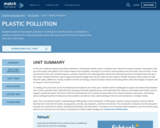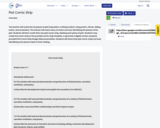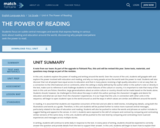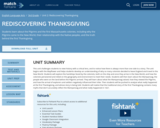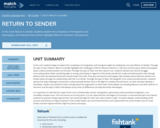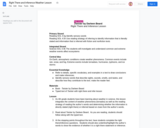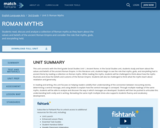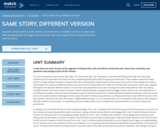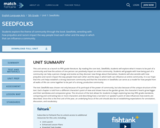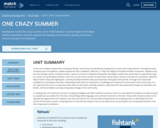
In this unit, students explore the meaning of family, community, and identity by reading the core text One Crazy Summer. Through the eyes of eleven-year-old Delphine, readers experience life in Oakland, California, in 1968, the height of the Black Panther movement. Delphine and her two younger sisters, Vonetta and Fern, spend a summer in Oakland visiting their estranged mother who sends them to spend their days at a camp run by the Black Panthers. Over the course of the summer, the girls learn about what it means to be part of a revolution, what the Black Panther Party was fighting for, and why the Black Panther Party was important during this time period. Through it all, they build confidence in themselves and their relationships with others as they learn to challenge and respond to social issues in the community. It is our hope that this unit, in conjunction with others in the series, will help students understand the way experiences shape our identities and beliefs, and how children can help bring about change in the community.
In reading, this unit continues to build on reading strategies and skills covered in previous units. It is assumed that students are able to quote or paraphrase accurately from the text, interpret figurative language, and summarize sections of the text. These skills should continue to be spiraled throughout the unit; however, the main focuses for this unit are determining theme and analyzing how it is developed over the course of the novel or poem, analyzing point of view and the impact it has on the way events are portrayed, and comparing characters and their responses to situations.
- Subject:
- Communication and Multimodal Literacy
- English
- Fiction
- Reading
- Writing
- Material Type:
- Assessment
- Homework/Assignment
- Lesson Plan
- Provider:
- Match Fishtank
- Provider Set:
- Fishtank ELA
- Date Added:
- 01/01/2017







